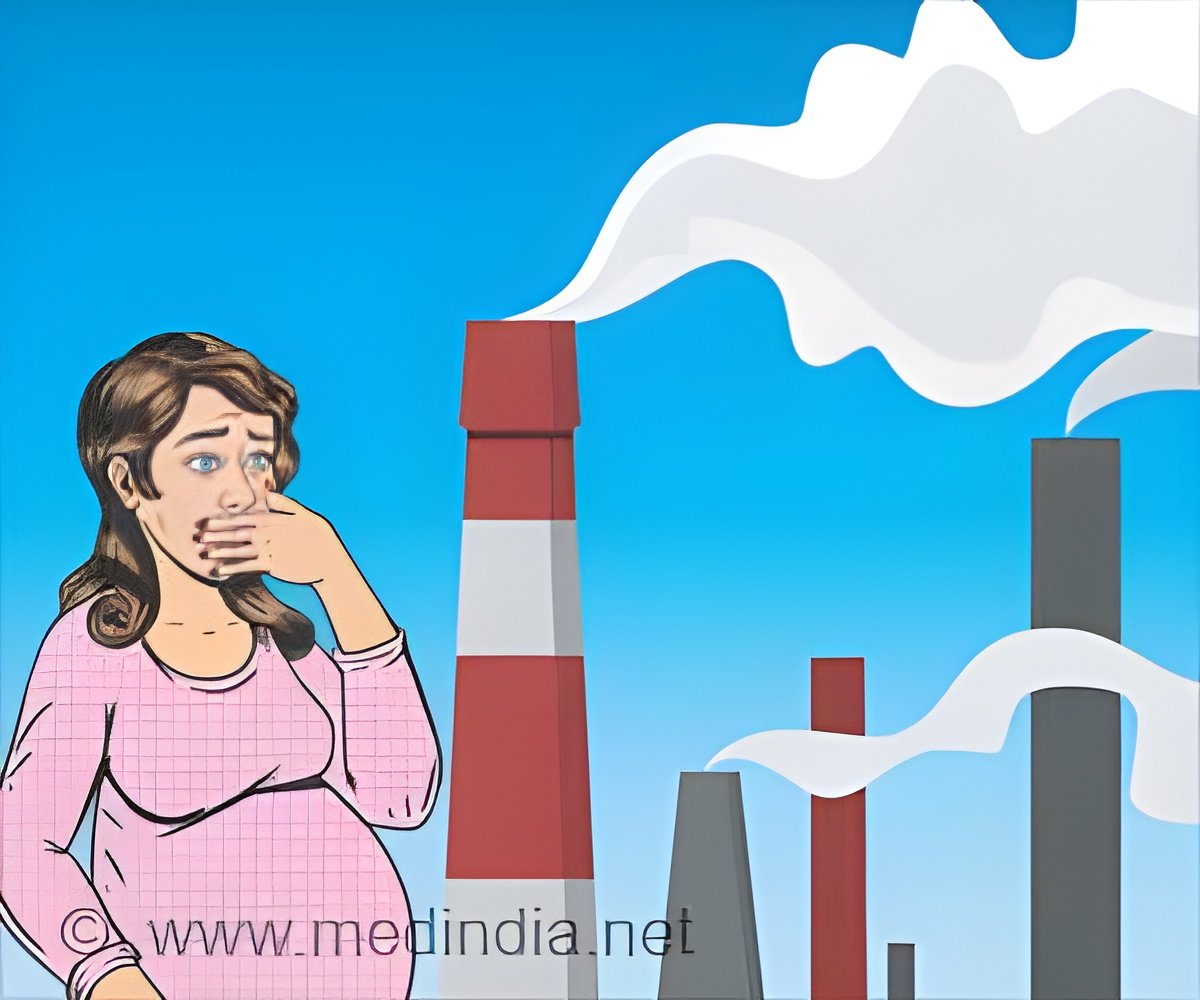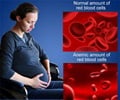
‘Women with a low socio-economic status were exposed to higher levels of environmental hazards. ’
Tweet it Now
The study forms part of the HELIX project and was recently published in Environmental Health Perspectives. The primary aim was to describe the urban exposome of 30,000 pregnant women in nine European urban areas: Bradford (United Kingdom); Poitiers and Nancy (France); Sabadell, Valencia and Gipuzkoa (Spain); Kaunas (Lithuania); Oslo (Norway); and Rhea (Greece). The study found associations between participants' socioeconomic status and 28 environmental indicators, including exposure to air pollutants (nitrogen dioxide and suspended particles less than 2.5 μm and 10 μm in diameter), traffic noise, proximity to natural spaces, public transport, facilities and walkability.
As in previous studies, the findings were mixed. In Bradford and Valencia, pregnant women with a low socio-economic status were exposed to higher levels of environmental hazards. In Sabadell and Oslo, however, it was high-status women who lived in the least healthy environments.
"This study allowed us to observe differences associated with socioeconomic position in various cities," commented Oliver Robinson, researcher at Imperial College London and lead author of the study. "This does not necessarily mean that more deprived women are always exposed to higher levels of hazards. Depending on the city you're looking at, the association can go one way or the other. However, in a number of cities, deprivation is associated with simultaneous exposure to higher levels of multiple hazards associated with city living. Our study focused on pregnant women, and these situations could contribute to the inequalities in health that we observe in the pediatric population", adds Robinson.
ISGlobal researcher Xavier Basagaña, coordinator of the study, concluded: "These findings are important for local authorities and urban planners, who need to understand the nature of the environmental inequities in their cities so that they can remedy them and work towards reducing health inequities."
Advertisement













